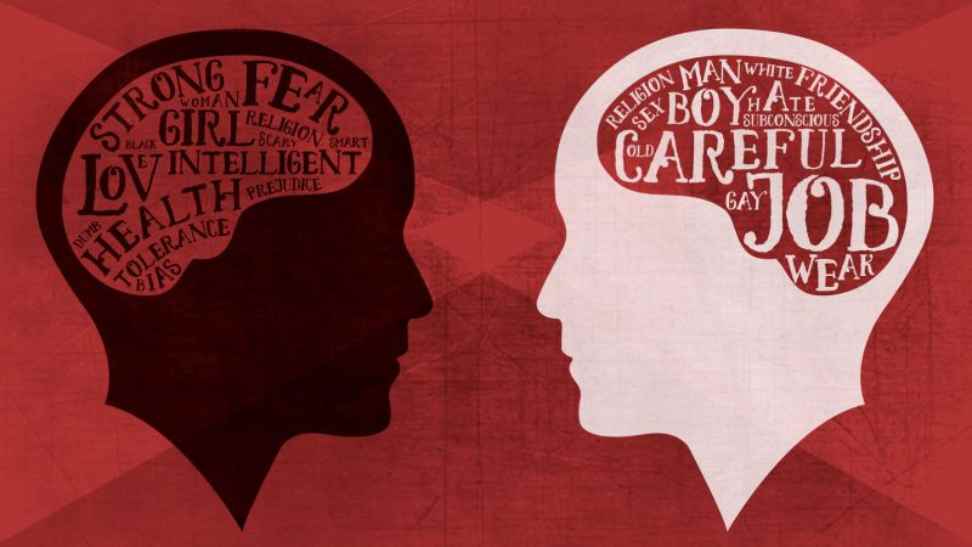Alphaexch247, Kabook Login, VL Book: Navigating workplace diversity can sometimes pose challenges for both employees and employers. Misunderstandings and conflicts may arise due to different cultural backgrounds, communication styles, or perspectives. In some cases, unconscious bias can also play a role in hindering effective collaboration and teamwork among diverse team members.
Furthermore, addressing issues related to discrimination, stereotypes, and inclusivity requires ongoing effort and commitment from all individuals within the organization. Developing a culture that values diversity and promotes openness can be a continuous process that demands education, awareness, and proactive measures to create an inclusive work environment for everyone.
Benefits of a Diverse Workforce
A diverse workforce brings together individuals with unique backgrounds, perspectives, and skills. This diversity fosters creativity, innovation, and problem-solving within the organization. When employees from different cultural and social backgrounds collaborate, they bring a variety of ideas to the table, leading to more effective decision-making and increased productivity.
Furthermore, a diverse workforce can enhance the reputation of a company and attract top talent. Organizations that prioritize diversity and inclusion demonstrate their commitment to equality and respect for all employees. This inclusive environment not only creates a positive workplace culture but also appeals to job seekers who value diversity and want to work in an environment that celebrates differences.
Understanding Unconscious Bias
Tigerexch247, GX247, Mglionbet: Unconscious bias which refers to the automatic associations, attitudes, and stereotypes that impact on our full understanding of actions, and other decisions in an unconscious manner. These biases are often ingrained within us from societal influences, personal experiences, and cultural norms without us even realizing it. They can manifest in various forms such as race, gender, age, and more, affecting how we perceive and interact with others.
It is important to acknowledge the presence of unconscious bias as it can create barriers to building a truly inclusive and diverse workplace. By understanding and addressing these biases, organizations can foster a more equitable and welcoming environment for all employees, leading to improved collaboration, creativity, and overall success within the company.
� Unconscious bias is often influenced by societal norms and personal experiences
� These biases can impact how we perceive and interact with others in various aspects such as race, gender, age, etc.
� Recognizing unconscious bias is crucial for creating an inclusive work environment
� Addressing these biases can lead to improved collaboration, creativity, and overall success within organizations
What is unconscious bias?
Unconscious bias refers to the stereotypes, prejudices, or attitudes that individuals hold towards certain groups of people without being consciously aware of it. These biases can impact decision-making and behavior in both subtle and significant ways.
How does unconscious bias affect the workplace?
Unconscious bias can lead to discriminatory practices in recruitment, hiring, promotion, and performance evaluations. It can also create a toxic work environment where certain individuals feel marginalized or undervalued.
How can businesses address unconscious bias?
Businesses can address unconscious bias by implementing diversity and inclusion training programs, creating policies and procedures that promote fairness and equality, and encouraging open dialogue about bias in the workplace.
What are some benefits of having a diverse workforce?
A diverse workforce can bring different perspectives, ideas, and experiences to the table, leading to increased creativity, innovation, and problem-solving. It can also improve employee morale, productivity, and overall business performance.
How can individuals become more aware of their own unconscious biases?
Individuals can become more aware of their own unconscious biases by engaging in self-reflection, seeking feedback from others, and educating themselves about different cultures, backgrounds, and experiences. It’s important to challenge and confront our biases in order to create a more inclusive and equitable workplace.

